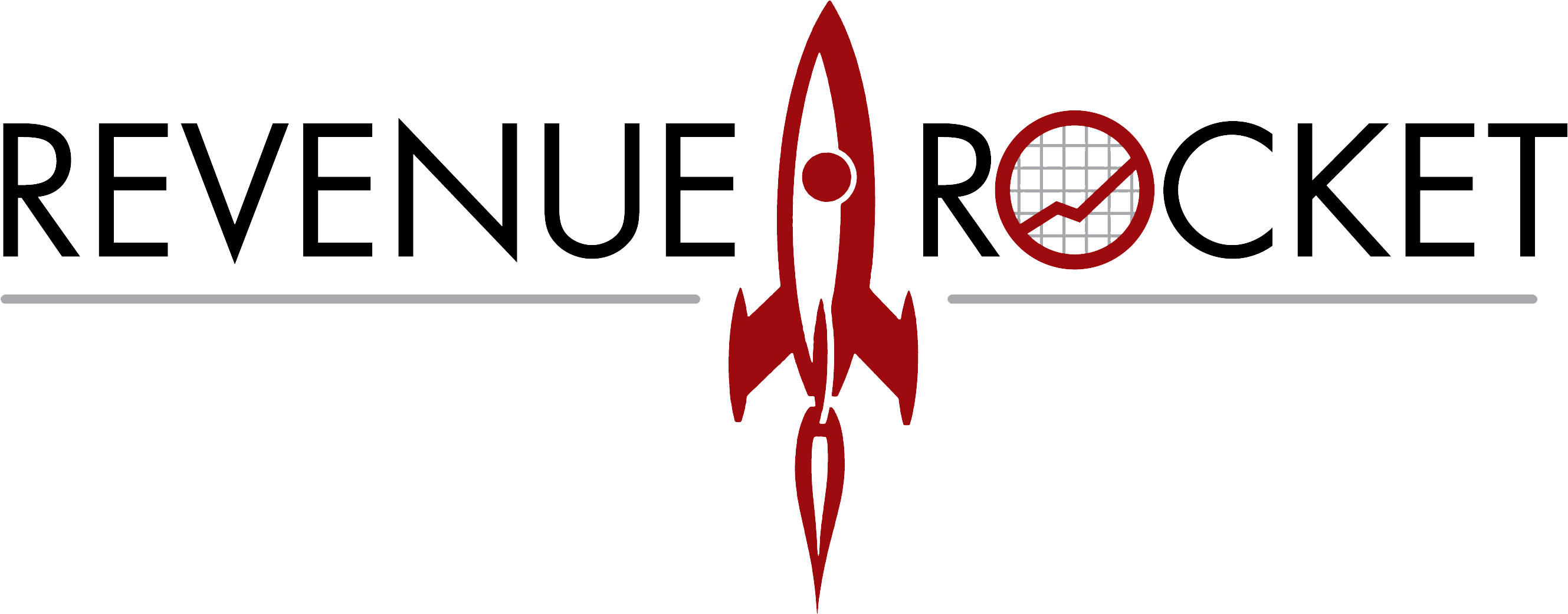17 Nov What is M&A lite you ask?
What is M&A-Lite you ask? It’s when a company doesn’t sell, or a buyer doesn’t buy, the whole of a business, but a book of the business; a set of current customers and their revenue stream. It’s what we’re currently working on for a client of ours which prompted this missive. This company recently refocused around a more tightly-defined core competency, and concluded that a number of its customers fell outside this renewed focus. Rather than continue to service this customer base, and divert resources away from their bread and butter customers and prospects, they made the hard decision to divest themselves of a not insignificant revenue stream.
In a recent newsletter, we published an interview with Jim Sheehan, COO and Partner of PowerOjects, who too made the hard decision to focus on a well-defined core competency, and in the process sold off a rather large book of business to do this:
“When we made the decision to focus solely on Microsoft Dynamics CRM, we had only done a couple hundred thousand in that product the year before. It was hard to walk away from the few millions we made from other products. But we picked it, and put all of our focus on that product, and just kept driving it home. Ultimately this focus made it easier to sell, easier to market, and easy to talk about the value we bring to any kind of deal. It made it easier for us to know what business not to do. If you look at why people have bloated sales cost half the time, it’s because they’re chasing deals they shouldn’t be in.”
Divesting customers that no longer fit your going-forward focus is a tough decision, but a smart play; one that benefits both the seller and buyer. Here’s why, and why you should consider a similar strategy.
For sellers: We trust that by now those IT services executives with an ambitious growth imperative recognize that the key to success is to specialize around a core set of offerings. It’s what corporate customers want, and what acquisitive business buyers want. A recent survey sponsored by Equiteq, an advisory and M&A firm focused on the global consulting market, found that the top three factors that strongly attract buyers to a consulting firm are, 1) historical and projected financial stability, 2) depth of domain expertise in one main service area, as opposed to having a broad range of services, 3) possession of unique and leverageable intellectual property.
To arrive at that “depth of domain in one main service area” means that you’re going to have to shed your company of those customers, and their revenue, that fall outside this domain so you can focus on retaining and attracting customers that fit your business profile. The hard part is letting go. The easy part, or less hard part, is there are willing buyers looking for just this type of opportunity. There are a lot more companies willing and ready to buy a book of business than the whole business. And, of course it’s a way to generate short-term cash with which to reinvest in the business or drop to the bottom line.
For buyers: Buying a book of business is an opportunity to buy a customer base and revenue stream at a more affordable price point than building it. It’s an opportunity to jumpstart your growth, add to your depth of domain, increase market share, improve earnings and sales stability, enter a new market, add a complimentary service line, provide more competitive insulation, or other strategic objectives.
While buying a book of business is less complicated and time-consuming than buying the whole business, it still requires the same level and degree of due diligence. And it requires the same level of commitment in the post-acquisition integration stage of the process.
It looks like 2015 will be another record year in M&A so there will be a lot of opportunity on both sides of the M&A equation, selling and buying either the whole business or a book of business.


